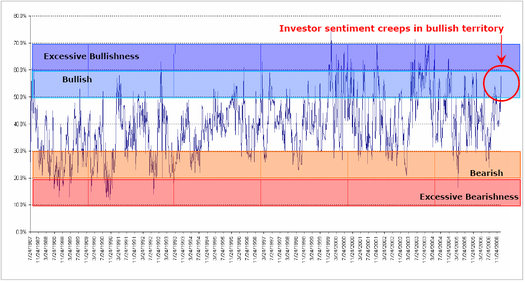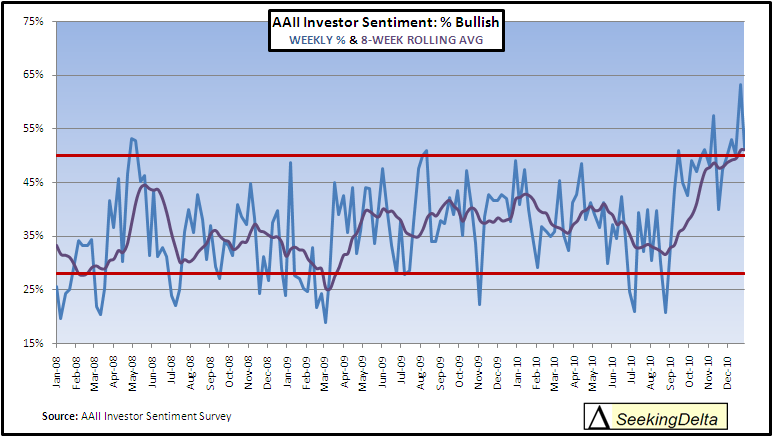AAII The American Association of Individual Investors
Post on: 24 Июнь, 2015 No Comment

by John McDermott, Ph.D. and Dana D’Auria, CFA
It may come as a surprise to those who have placed their nest eggs in an S&P 500 index fund, or an actively managed version thereof, that they are actually making a decision to exclude a significant portion of the equity universe.
Academic theory, particularly William Sharpes capital asset prices study, suggests market-capitalization ( cap) weighting is an appropriate starting point for the weight of any asset class in the portfolio, including small caps. Market-cap weighting implies that the investor holds each asset and therefore each asset class in his or her portfolio in the same proportion as it is represented in the overall market. Determining market weight is an exercise in and of itself, because you must first settle on a definition of what constitutes a small or large stock. Standard & Poors defines the ratio of large to small stocks in the U.S. equity market as about 80%/20%. This means that if your portfolio is an S&P 500 investment, you are missing out on a good 20% of the publicly traded universe in the U.S. equity market.
A variety of considerations might motivate an investor to deviate from a 20% weight to small caps in the U.S. Home equity bias, inertia and a simple desire to minimize complication in portfolio allocation decisions are likely chief among them. We submit that it is probably worth most investors time to at least consider a position in small caps, if for no other reason than to diversify an existing portfolio of large caps. One of Harry Markowitzs seminal findings on investing is that one can increase the return of the portfolio for a given amount of risk (or volatility) by simply adding uncorrelated assets. Uncorrelated assets do not move in perfect concert with each other. Essentially, an investor is well served by allocating his or her financial capital among different types of equities (i.e. diversifying), so that a bad period for one asset class can be offset by a potentially good (or at least less bad) period in another.
Reasons to Deviate From Market Weight

If small caps are expected to outperform large caps, then some investors can increase their portfolio returns relative to the market by overweighting small caps. The expectation of outperformance of small caps relative to large caps is often dubbed the small-cap premium. A premium can arise for both rational economic reasons as well as behavioral considerations. It is important to note that all investors cannot simultaneously overweight small caps since a balance in the market must be struckthe overweight of some investors must be compensated by the underweight of other investors. While we are unable to forecast future returns, we can look at historical stock returns for evidence of a small-cap premium. The well-known small-cap factor index called SmB, (small minus big) was created by professors Eugene Fama and Kenneth French to measure the performance of U.S. small-cap stocks relative to U.S. large-cap stocks. The annualized return of SmB from July 1926 through December 2013 is 2.22%, providing evidence for a small-cap premium. However, SmB is positive in only a little more than 50% of calendar years, evidencing that small-cap outperformance in any given year is far from a sure thing and more like the flip of a coin.
The Center for Research in Security Prices ( CRSP) at the University of Chicago offers U.S. equity indexes with long histories, enabling us to consider performance of various types of stocks back to January of 1926. The CRSP divides the U.S. equity market into deciles based on market capitalization and creates indexes. The CRSP 9-10 index captures the returns of the smallest fifth (i.e. deciles 9 and 10) of U.S. stocks, while the CRSP 1-2 index captures the returns of the largest fifth of U.S. stocks. Similarly, the CRSP 6-10 index represents the returns of the smaller half of the U.S. market while the CRSP 1-5 index represents the returns of the larger half of the market. Over this available history, Figure 1 makes clear that the cumulative return of small-cap stocks has been significantly greater than that of large caps, whether measured by comparing the extreme fifths or deciles 1 through 5 against deciles 6 through 10. It is crucial to bear in mind that these comparisons refer to the broad swath of small and large stocks and not to an investment in individual small or large stocks. Of course, the return of any individual stock is highly idiosyncratic and may not reflect the performance of the asset class as a whole. (We believe that markets are generally efficient and taking on stock-specific or other idiosyncratic risk is, on average, not compensated with additional expected return.)
Figure 1. Growth of $1 for Small- and Large-Cap














